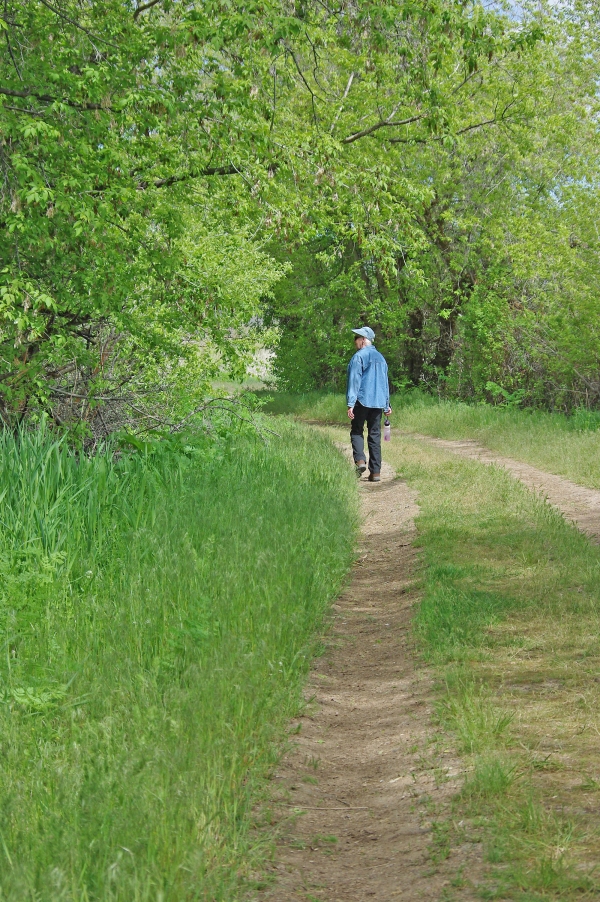
Take your pick of refreshing trails and boardwalks at a number of refuges. At Malheur National Wildlife Refuge, whether you want a short, easy walk or a challenging hike, you’re likely to find what you want on designated roads and trails shown on the Refuge map and trails brochure. Some trails on the Refuge are paved and universally accessible, and other trails include displays on visual arts, local history and culture or environmental education. Use caution on the East Canal Road, it is shared with vehicular traffic. Yield to pedestrians; many Refuge routes are multi-use trails.
Rules and Policies
Please observe and follow Refuge Rules and Policies for your safety and to protect wildlife and their habitat. Hiking is permitted only on designated roads and trails as shown on the Refuge Map and Trails Brochure. Use caution on the East Canal Road, it is shared with vehicular traffic. Yield to pedestrians; many Refuge routes are multi-use trails.
When to Go
The greatest variety of waterfowl and songbirds can be found on the Refuge from late winter through the end of May, but something worth viewing is available at any time of the year. The abundance of species varies by the seasons, as you will see by the available Watchable Wildlife Brochure and the Refuge’s Average Early Arrival Dates for migratory species if you come in spring with particular species in mind. Spring is best for wildlife watching, not just because the birds are in fresh plumage and engaged in public display, but also because large flocks of some species make spectacular appearances in the newly wet meadows, which brings many species out in the open.
Trail Etiquette
- Dispose of all trash and animal waste in trash receptacles
- Pets must be kept on a leash
- Stay on the trail, and respect plants and wildlife
- Leave natural objects such as plants, animals, minerals, antlers, and objects of antiquity
- Yield to pedestrians; many Refuge routes are multi-use trails


